|
Of all the representations at the Venice Biennale 2011, none impressed me more than that of Hungary.
Hajnal Németh's Crash, quite rightly described as an experimental opera, right from the beginning challenges the normal modes of expression and representation. From the outside, with the European licence plates taken from throughout the union and emblazoned with lyrics from the opera that lay within, the first impression was a little austere, cold. However, from the moment I walked in to the installation, I was under total sensory assault, in the best possible way. Entering the pavillion, I was immediately transported into the environment of a crime scene. The windows in the pavillion had been obscured by red perspex, which was used to literally blinding effect. Lyrical opera pumped out throughout the complex, and the journey commenced. The journey was one into a number of failed journeys. The premise seemed to be based on monotonous, factual police accounts and interviews involving car incidents and presumably, fatalities, but that were injected with a heightened and exaggerated sense of drama which made for compelling viewing. A crashed up BMW under the harsh unforgiving light immediately established a forensic site in which viewers were participants, armed with aural and visual clues to steer us along the route. The secret, if morbid joy of being able to immediately peer directly into a crash scene satiated viewers before the journey continued on to the dialogues, all layed out on stands, as if they formed part of an invisible orchestra, the music all the while resonating throughout the building. In fact, by seeing the crashed car at the beginning of the exhibition, viewers could shift their focus towards the details, the sometimes banal recounts that speak of how most of our memories work. A small enclosed viewing room housed the headshots of 12 drivers, but, taken from behind, so as to conceal their anonymity, redirecting our normal appetite for visual clues. In the finall room, the video presentation elevated itself above and beyond cliche and corniness...here, the dialogues and transcripts, made up of routine questions (were you driving a rental car?) were sung in couplets and monologues (along with elongated, baritone responses in the negative or affirmative). Nemeth, in a short blip with Italian Vogue, strongly refutes the idea that she is representing Hungary, the central European nation which, whilst growing in the European stature, is also emerging as one of the union's most challenged countries for press freedom and freedom of expression. Biennale and European politics aside, this is resolutely a European work from beginning to end, visually and musically. In terms of the concept, its a one of a kind.
51 Comments
Dave
29/2/2012 02:03:58 am
Thank you!
Reply
23/6/2012 06:59:50 am
Just taking a quick coffee break and wanted to post a hello
Reply
17/7/2012 12:52:04 pm
extremely good post, i really really like this web website, carry on it
Reply
26/7/2012 01:38:10 am
I recently came across your blog and have been reading along.I thought I would leave my first comment.
Reply
29/9/2012 12:44:53 am
thanks for this article i admire it it is very useful and informative at the same time thanks ones agine
Reply
1/10/2012 10:19:20 pm
thanks for this article i admire it it is very useful and informative at the same time thanks ones agine
Reply
6/10/2012 11:53:58 pm
http://thefiretalker.blogspot.com/
Reply
21/6/2013 03:29:11 am
I think I shat a little... Not quite sure... Oh, now I'm sure
Reply
8/6/2013 03:45:06 am
The premise seemed to be based on monotonous, factual police accounts and interviews involving car incidents and presumably, fatalities, but that were injected with a heightened and exaggerated sense of drama which made for compelling viewing.
Reply
5/4/2013 06:58:18 am
with the innovation of new technological advancements and new branded vehicles in market.this is a great read based on the increase in number of accidents in our roads. this has to be genuinly read by the people.
Reply
17/4/2013 09:43:50 pm
There is hardly discount oakley sunglasses a photo of all these guys oakley sunglasses sale without their Oakley or even Dior eyeglasses.
Reply
25/4/2013 05:32:16 pm
Therefore, they could face criminal charges, be sent to adult prison, and be punished like adults by whipping, branding or hanging. Today, in many countries like Canada and the United States, children twelve and older are held responsible for their actions and may be sent to special correctional institutions, such as juvenile hall.
Reply
27/4/2013 09:05:58 am
Taken from behind, so as to conceal their anonymity, redirecting our normal appetite for visual clues.
Reply
20/5/2013 12:15:40 pm
which was used to literally blinding effect. Lyrical opera pumped out throughout the complex, and the journey commenced.
Reply
30/5/2013 04:44:56 am
European stature, is also emerging as one of the union's most challenged countries for press freedom and freedom of expression.
Reply
4/6/2013 02:46:20 am
A small enclosed viewing room housed the headshots of 12 drivers, but, taken from behind, so as to conceal their anonymity, redirecting our normal appetite for visual clues.
Reply
4/6/2013 11:45:26 pm
Biennale and European politics aside, this is resolutely a European work from beginning to end, visually and musically. In terms of the concept, its a one of a kind.
Reply
7/6/2013 12:20:11 am
The research results consistently prove that Network World's audience is at the forefront of planning, evaluating and implementing the technologies that are driving business transformation today.
Reply
7/6/2013 07:42:29 am
Lyrical opera pumped out throughout the complex, and the journey commenced.
Reply
11/6/2013 04:42:57 am
, I was under total sensory assault, in the best possible way.
Reply
19/6/2013 02:57:38 am
We'll be at Interop Las Vegas next week so feel free to reach out if you're also attending and we can arrange a time to meet at the conference.
Reply
20/6/2013 12:21:54 am
A small enclosed viewing room housed the headshots of 12 drivers, but, taken from behind, so as to conceal their anonymity, redirecting our normal appetite for visual clues.
Reply
20/6/2013 05:33:14 am
A small enclosed viewing room housed the headshots of 12 drivers, but, taken from behind, so as to conceal their anonymity, redirecting our normal appetite for visual clues.
Reply
21/6/2013 12:54:43 am
European stature, is also emerging as one of the union's most challenged countries for press freedom and freedom of expression.
Reply
25/6/2013 06:05:46 am
The market was very much focused on the high street, and as far as the internet was concerned, the belief was that other businesses were better placed. To us, that seemed harsh.
Reply
27/6/2013 11:47:01 pm
A small enclosed viewing room housed the headshots of 12 drivers, but, taken from behind, so as to conceal their anonymity, redirecting our normal appetite for visual clues.
Reply
28/6/2013 09:21:16 am
Good article is need to carefully consider everyone out. So we can perceive the charm of language and harvest the rich knowledge.This article is well worth you enjoy
Reply
1/7/2013 03:09:29 am
I have been searching for some information about it for almost three hours
Reply
1/7/2013 07:32:45 am
I agree with your Blog and I will be back to inspect it more in the future so please keep up your act.
Reply
5/7/2013 07:48:59 am
Nice Post I really Like It thanks For sharing this.
Reply
13/7/2013 04:14:54 am
which was used to literally blinding effect. Lyrical opera pumped out throughout the complex, and the journey commenced.
Reply
16/7/2013 01:29:28 am
Many are discovering it's a good way to attract more traffic, keeping people there longer and keeping them coming back.
Reply
16/7/2013 08:16:14 am
This post is truly inspiring. I like your post and everything you share with us is current and very informative, I want to bookmark the page so I can return here from you that you have done a fantastic job.
Reply
23/7/2013 01:43:21 am
I am really enjoying the theme/design of your blog. Do you ever run into any browser compatibility issues? A number of my blog audience have complained about my site not operating correctly in Explorer but looks great in Safari. Do you have any suggestions to help fix this issue?
Reply
Your comment will be posted after it is approved.
Leave a Reply. |
Dave
|
|
|
Dave Di Vito is a writer, teacher and former curator.He's also the author of the Vinyl Tiger series and Replace The Sky.
For information about upcoming writing projects subscribe to the mailing list. Dave hates SPAM so he won't trouble you with any of his own. He promises. |

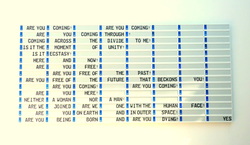
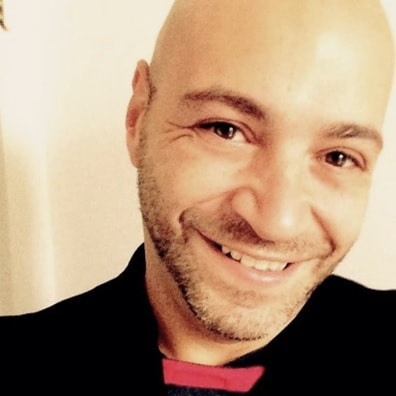
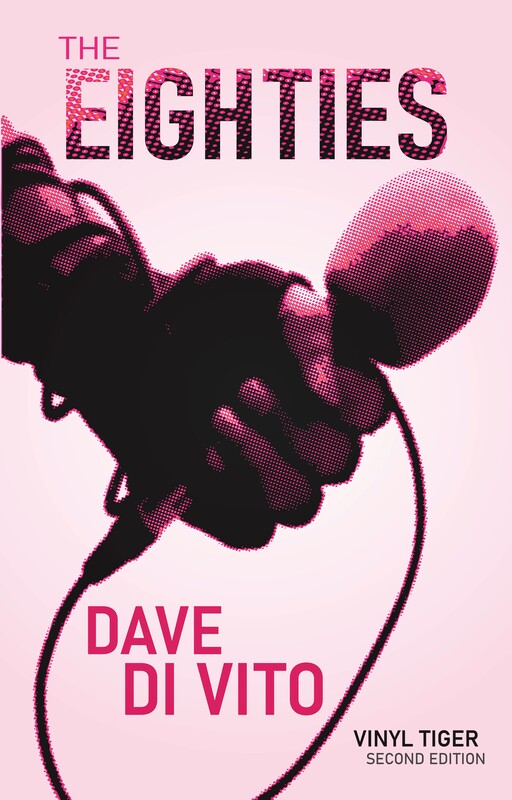
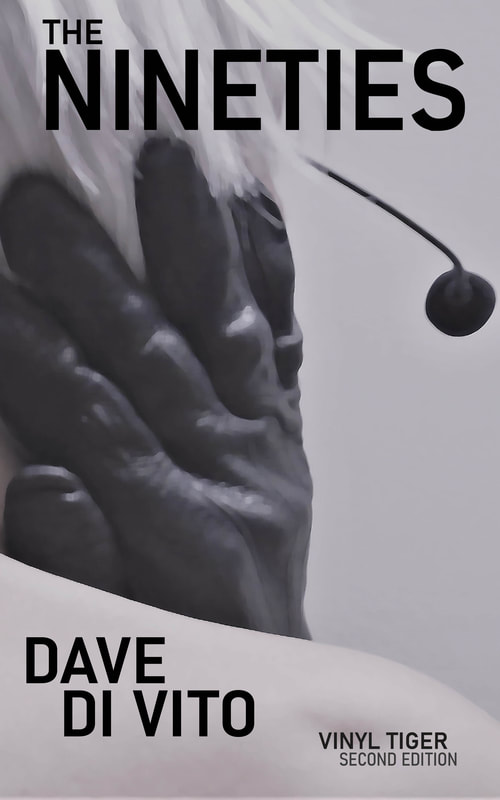
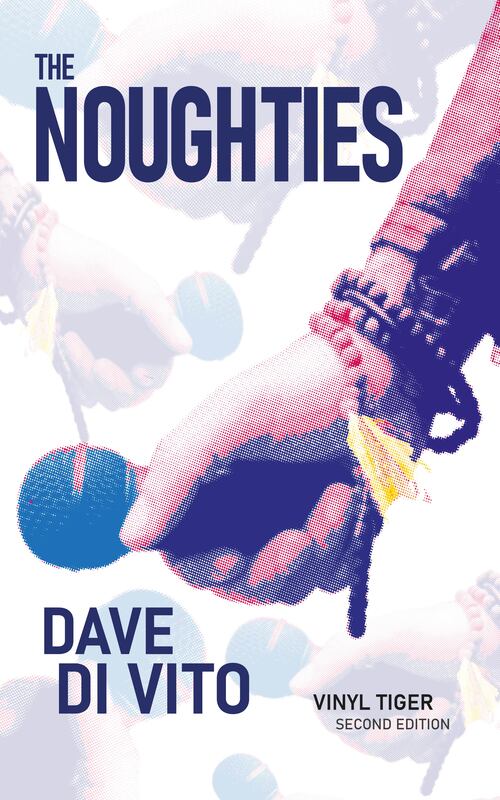
 RSS Feed
RSS Feed